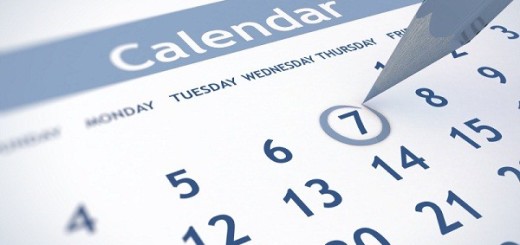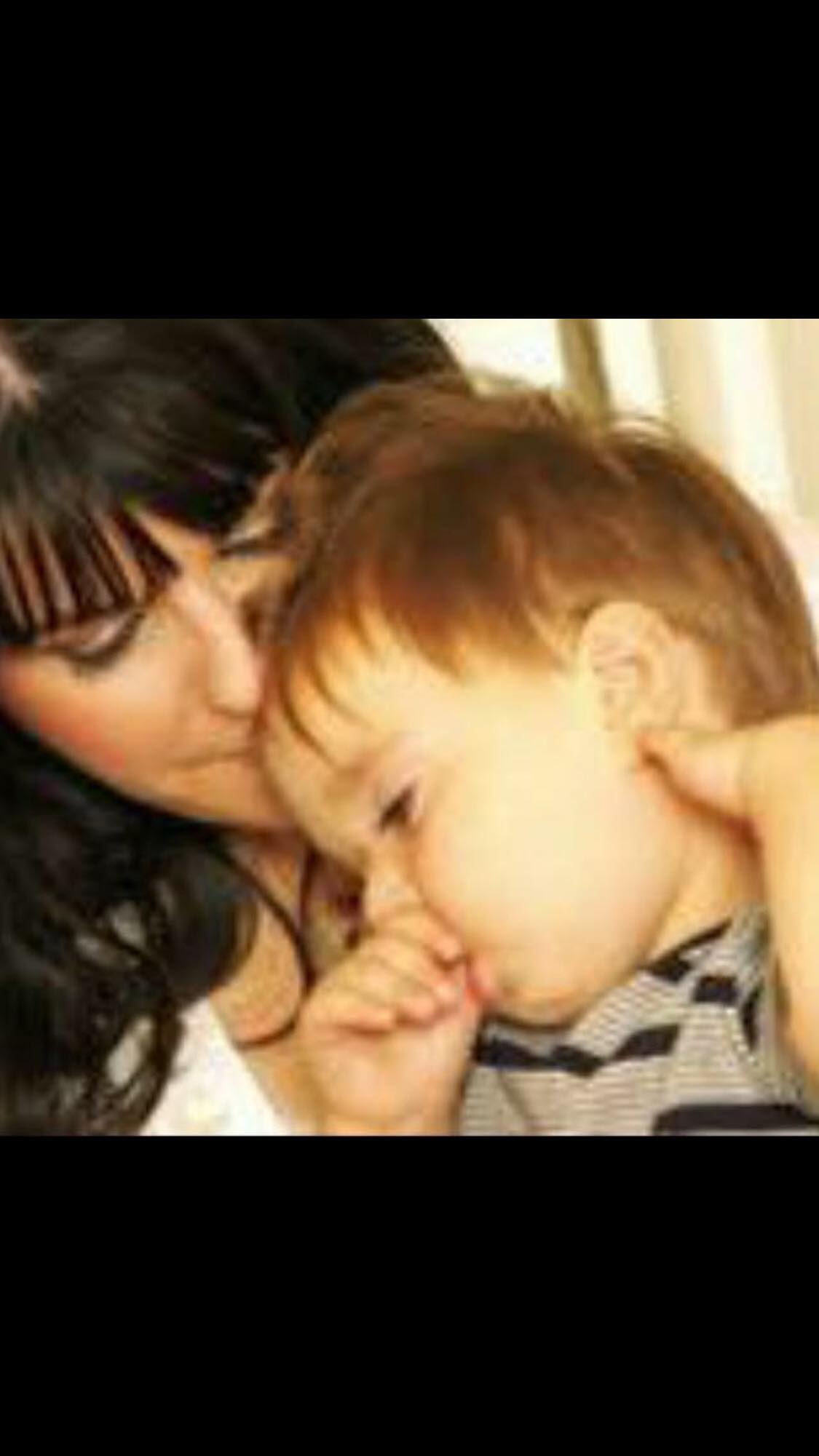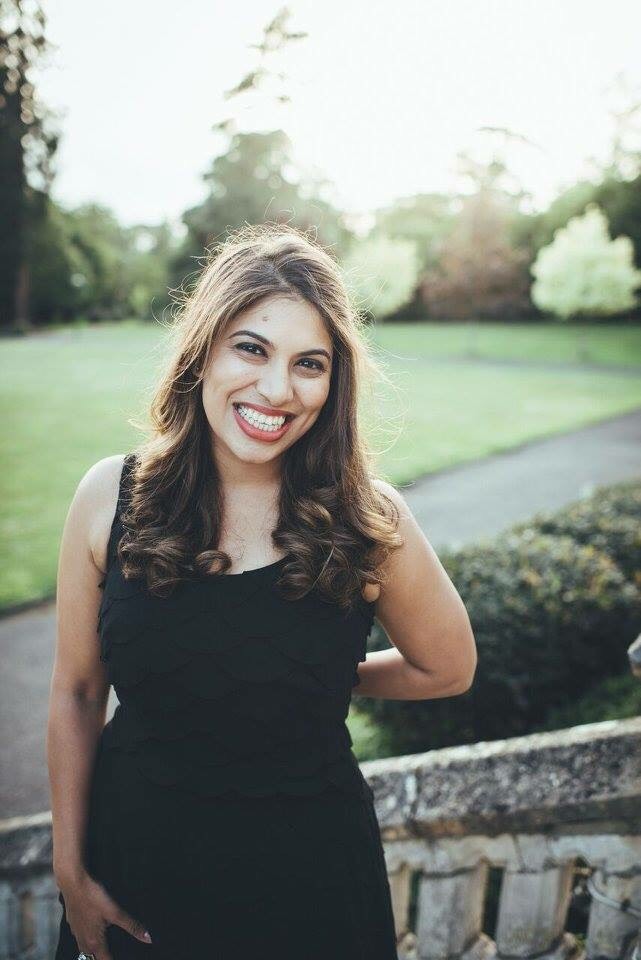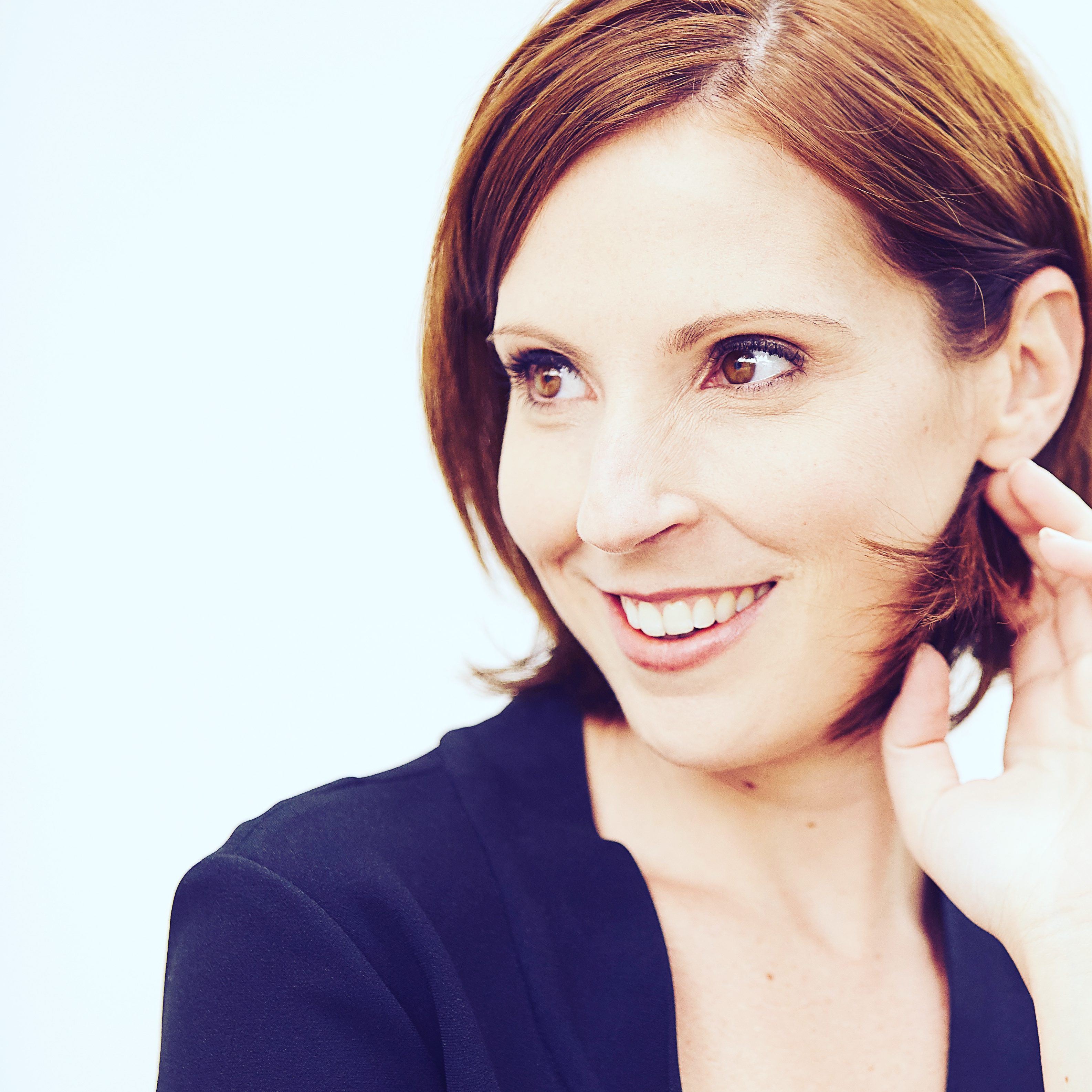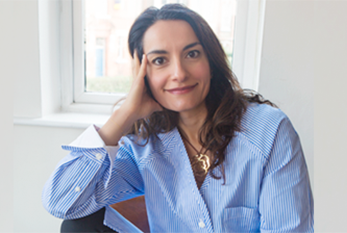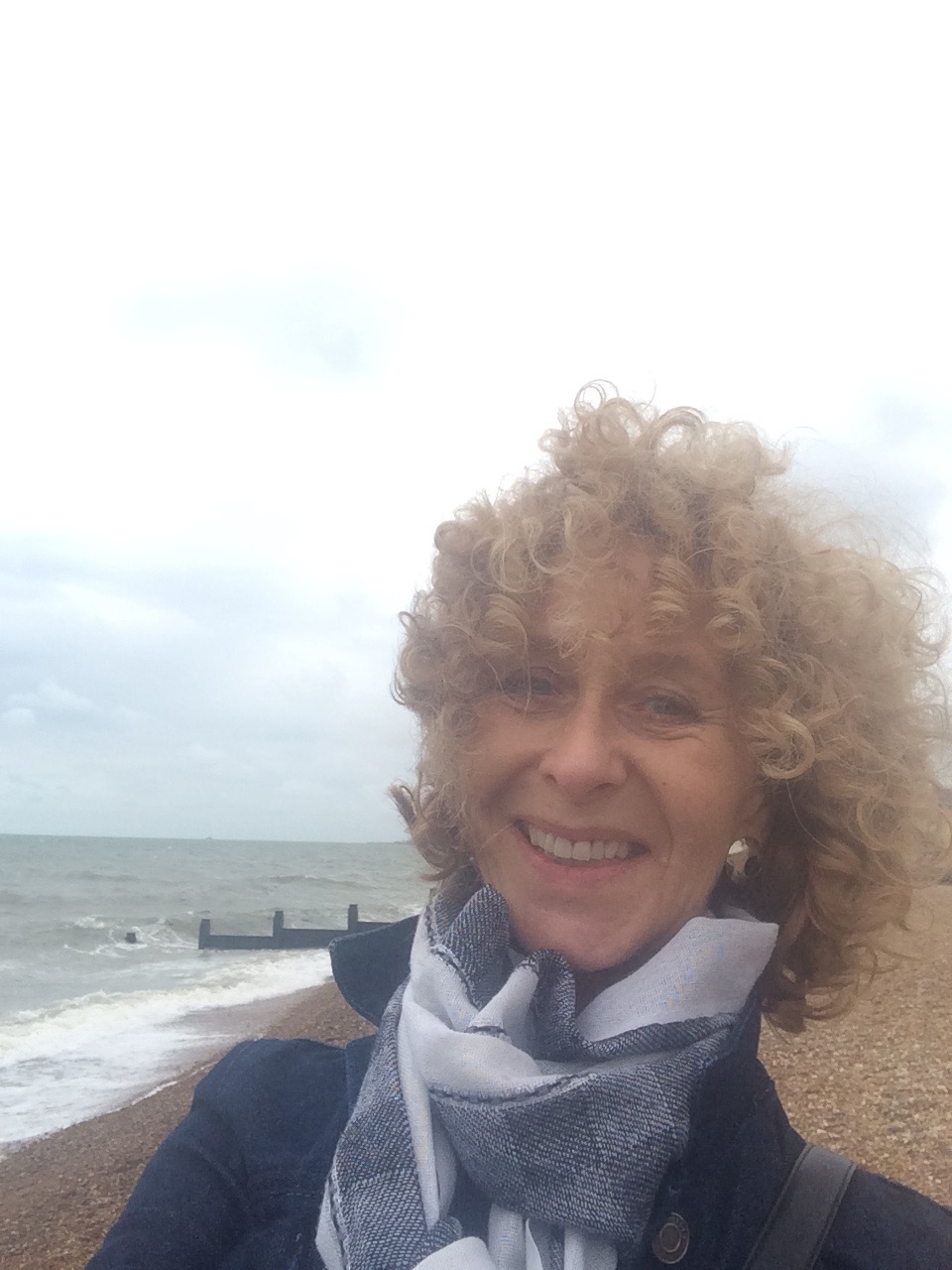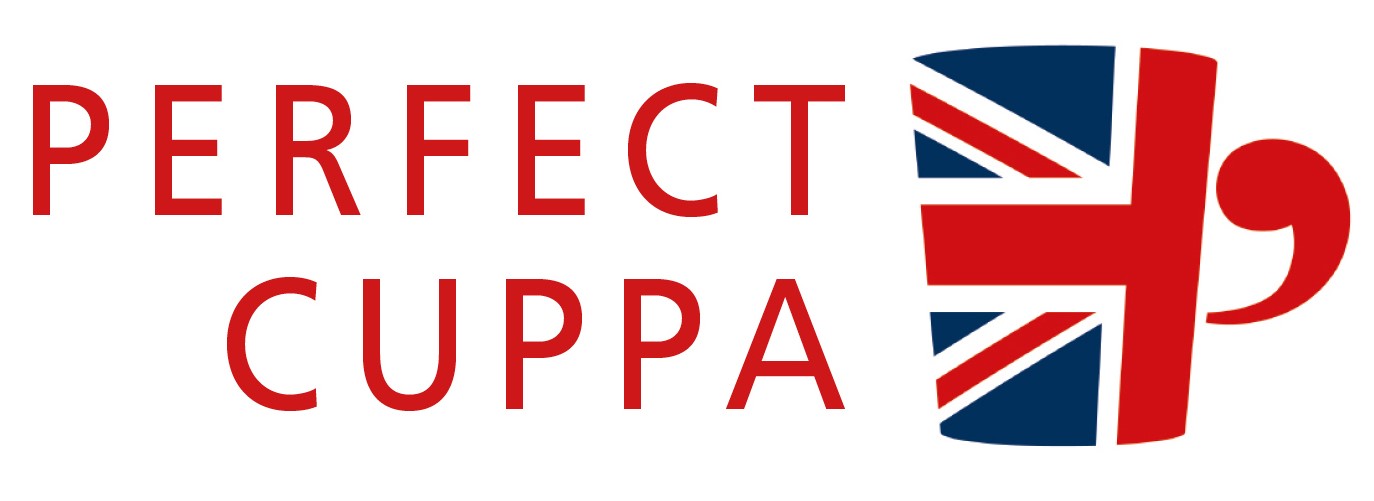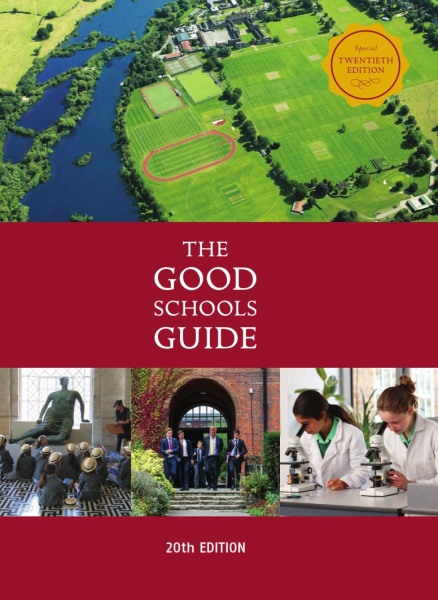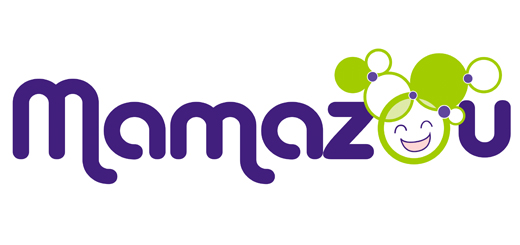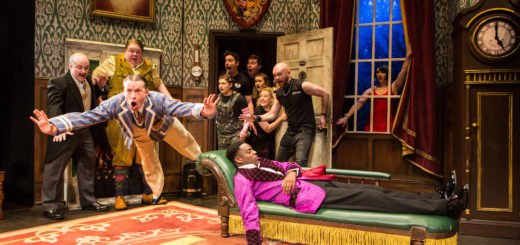Dental Trauma in children by Dr Gaynor Langley
This is the third, in a series of articles by the very well regarded Dentist, Dr Gaynor Langley.
Dr Gaynor Langley is a dentist in Central London. She owns and works with her team in a high-end, private family dental practice at 38 Devonshire Street. Central to their ethos is the concept of “prevention”. She has been in private practice for almost 25 years and has treated hundreds if not thousands of children in her career so far. She is a mother of four, her children now ranging in age from 12 to 21 years, and so fully understands and appreciates the delights and challenges of parenthood!
We asked Gaynor to present a series of articles to give you the information you need to ensure healthy teeth for life for one of the most important people in your life, your baby/child. Her aim, is that the “Babes in the Woods” grow up with perfect, healthy and beautiful teeth.
Dental Trauma
A child damaging their teeth is every parent’s nightmare. You hear the scream and look at your child, there is blood everywhere – what do you do?
The management of dental trauma falls into two distinct age groups – those with the primary dentition (baby teeth) i.e. the under 6’s and those with adult teeth (over 6 years of age – on average) – the range is wide but you are likely to know which group your child is in.
Dental trauma usually affects the front teeth. Front baby teeth are generally lost at around 6 years of age and are replaced by the adult teeth. Management and urgency of management depends on the age of the child, the degree of damage and whether it is the adult or the baby teeth which are affected.
First things first
Whatever the age your child is, damage to their mouth is distressing. There is likely to be a lot of blood. The bleeding could be coming from the lips, the frenum (the band of tissue connecting the lips to the gums), the tongue or from around the teeth themselves. Do not panic! The first thing to do is stop the bleeding so you can see what damage has been done. This is best done by holding (not dabbing) a dampened tissue/kitchen roll or soft flannel on the child’s mouth while holding/cuddling them and reassuring them. Allow them to calm down and remember be calm yourself. The first thing to note is that the mouth bleeds a lot when damaged. This is because it has an excellent blood supply – of course this also means that it heals very quickly and well too.
Once your child is calm and the initial bleeding has slowed or stopped you can make an assessment about whether they need to be seen by a doctor or dentist immediately.
If there is a lot of soft tissue damage or deep laceration to lips or tongue you need to seek professional emergency care and this will mean taking your child to accident and emergency. If bleeding has all but stopped you have time to assess the damage.
The Teeth
Children with baby teeth (usually under 6 years)
Small children are very unstable and as we all know, move very fast with little sense of danger. They fall over frequently and often land on their faces. There are different types of damage to the teeth all of which require a different approach.
1) a tooth is dislodged – if a baby tooth is knocked clean out, however tempted you may be, it is not recommended to put it back in as the risk to the developing adult tooth is too high. Take them to the dentist promptly.
2) a tooth is fractured – you can see that the tooth has been chipped or broken – management of this will depend on the age of the child and whether the nerve is involved in the fracture
3) a tooth is loosened or pushed into the socket i.e appears longer or shorter or misaligned – the management will depend on whether the tooth is intact and loosened in its socket or whether there has been damage to the root
In all of these situations you should see the advice of a dentist as soon as possible.
Often the situation looks much worse than it actually is and the dentist can give you the advice/reassurance you need which relates to the particular situation for your child.
Baby teeth have an excellent blood supply when the child is very young. The blood supply becomes less as the tooth moves closer to falling out and being replaced by the adult one. Healing is related to good blood supply.
If a tooth is loosened or traumatised in an accident, it will often become slightly grey in colour. Sometimes this colour change is permanent and sometimes it improves with time. A good early assessment of the damage, bespoke advice and follow up monitoring are essential if your little one has traumatised their front teeth.
Trauma to adult teeth
Trauma to adult teeth – this is more serious as any damage to the adult teeth is permanent. These teeth need to last a lifetime and the timely management of it is critical to the outcome.
Assessment of the damage and the seriousness of it can only be done by a dentist, so the first thing to do is seek immediate help.
Damage to adult teeth falls into a small number of categories:
1) Tooth is knocked clean out – find the tooth. Handle it by the crown (the white bit that normally is visible, not the root). Try to limit touching the root. If the tooth is dirty gently clean it by soaking in very mild salt solution (a small amount of table salt dissolved in body temperature water – should feel neither hot nor cold to touch). Soak it, do not scrub or try to clean the root. If the tooth is clean and you feel confident, do try to place it gently back in the socket and get your child to bite on a clean handkerchief to hold it in place while you get them straight to the dentist. If you cannot replace the tooth or feel it is too dirty, place it in a small container of milk or mild salty water or your child’s saliva (yes get them to spit some of their saliva into a little pot with the tooth). The best place to store the tooth on the way to the dentist is in the patient’s own mouth between the cheek and the back teeth but in a child this runs the risk of swallowing it and that is why it is not recommended for small children (for older patients this is best). Get to the dentist as soon as possible. A tooth has a good chance of re-implanting if placed back in the mouth within an hour and is handled correctly – time is of the essence. Your dentist will check the position or reimplant the tooth and then splint it in place with a wire or a plastic splint. The tooth will require very close monitoring over the next few days, weeks and months and may require follow up treatment depending on the particular circumstances.
2) The tooth is moved in its position but is still in the mouth – get your child to the dentist as soon as possible. Your dentist will advise and may reposition or splint the tooth.
3) The tooth is broken – damage to the tooth can vary from a slight chip to the enamel, to a significant chip involving enamel and dentine to serious damage where the nerve is involved. In any of these events, please seek professional advice as soon as possible. Speed is needed if the nerve is involved – if there is bleeding from the broken surface of the tooth the urgency to see your dentist is high. My own view on the management of all damaged teeth is that it should be conservative. Years ago, if the nerve was involved the dentist would take the nerve out and thereafter the tooth was destined for a great deal of ongoing treatment and the aesthetic issues that go with having a dead tooth in the front of the mouth (they often become darkened). My experience is that many of these teeth can be kept alive by prompt, appropriate and conservative action. The exposure of the nerve needs to be cleaned and covered as soon as possible. A fractured tooth surface should be covered as soon as possible too even if the nerve is not involved to reduce sensitivity and smooth over the sharpness. Often it is not appropriate to do an elaborate reconstruction of the tooth at this first presentation as there is often blood from soft tissue trauma and bruising. The child is distressed. A cover can be placed quickly and gently and the child can return a few days later for the tooth to be repaired in a lengthier procedure where their co-operation is likely to be better and the outcome therefore much better. This can be done with a white filling material and if done with skill and care, this is all that is needed initially along with some close monitoring.
Following initial emergency dental treatment.
Your child should be on a diet of soft food – it is best to avoid very hot or very cold food which may cause sensitivity or acidic food which may irritate lacerations. A low dose of anti-inflammatory (Paracetomol – Calpol, or Nurofen) for a few days following dental trauma is a good idea as it will help to limit bruising and increase the chances of a return of normal blood supply to the teeth and traumatized area. I would give a low, consistent dose of anti-inflammatory regardless of pain (minimum dose every 6-8 hours). Application of ice packs or cold compresses to bruised tissues helps so long as your child will tolerate this, Gentle but thorough cleaning of the teeth with a very soft toothbrush – soften the bristles under warm water. Get your child to rinse their mouth with warm salty water if you can or a chlorhexidine mouthwash such as Curasept or Corsodyl. I am a believer in Arnica (the homoeopathic remedy) to aid healing in children following accidents, If you are too, I see no harm although of course it is hard to provide hard clinical evidence – my sense and experience has been that it can help.
A few statistics
A third of all children and young adults damage their front teeth through trauma before reaching adulthood.
60% of all children and young adults damage their front teeth through trauma before adulthood if their teeth are prominent or stick out.
Finally, some sensible advice
Short of wrapping your child in cotton wool and making him/her wear a crash helmet at all times, you will not be able to prevent damage to an active child. Of course take care – I would avoid hard furniture at low level such as coffee tables in a house with a toddler and do provide barriers/gates etc to surfaces such as stone steps. Even with the best will in the world, accidents can and will happen and your child is likely to recover and learn from it. Young children have an extraordinary ability to heal. Your job as a parent is to assess risks in your home or in the playground and limit them but without being neurotic about it. If accidents happen, prompt, professional advice is invaluable and can limit the long term damage considerably.
If your child has teeth which are prominent, do seek an early orthodontic opinion (as early as 8yrs) and your child’s particular circumstance can be fully analysed.
If your child plays contact sports at school or sports involving a hard stick or hard ball, don’t skimp on the fit or quality of a mouthguard. A well fitting mouthguard can make the world of difference.
What we want is healthy, active, happy children. Life is full of risks – the biggest of course being not to live it to the full.
Dr. Gaynor Langley
Website: www.38devonshirestreet.co.uk
Telephone: +44 (0)20 7935 5354








